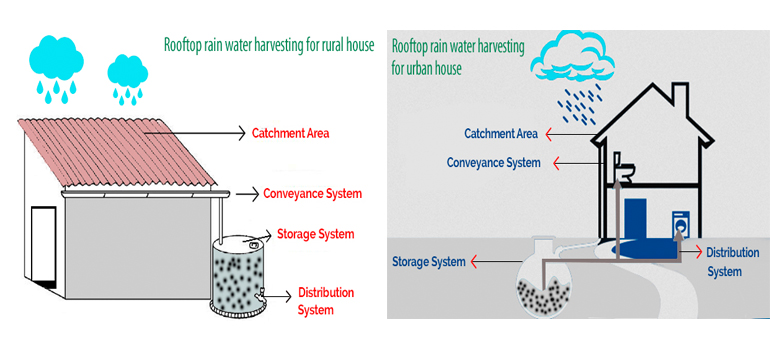
In recent years, the growing concerns over water scarcity and environmental sustainability have led homeowners, businesses, and even governments to explore innovative solutions to ensure a steady supply of clean water. One such solution is rainwater storage, a practice that has been used for centuries but is gaining renewed attention as part of efforts to reduce dependency on municipal water systems and to mitigate the effects of climate change. However, the question remains: Is investing in rainwater storage economically viable?
Understanding Rainwater Storage
Rainwater storage refers to the process of capturing rainwater, typically from roofs or other surfaces, and storing it for later use. This collected water can then be used for various purposes, including irrigation, flushing toilets, and even potable water (if properly treated). The systems involved can range from simple rain barrels to more sophisticated setups with filters, pumps, and large storage tanks.
Initial Costs and Installation
The first thing to consider when evaluating the economics of rainwater storage is the initial investment required. The costs associated with installing a rainwater harvesting system vary depending on the size of the system, the complexity of the setup, and the type of materials used. A basic rain barrel may cost as little as $50–$200, while larger, more advanced systems with filtration and water treatment could run into the thousands of dollars. Additionally, there may be costs for professional installation, particularly for systems designed to meet local building codes or to integrate with existing plumbing systems.
While the upfront costs can be significant, many people view rainwater storage as an investment that will pay off over time. For example, in areas where water costs are high, the ability to reduce reliance on the municipal water supply can lead to substantial savings on water bills.
Ongoing Maintenance and Operating Costs
Once installed, a rainwater harvesting system requires periodic maintenance to ensure optimal performance. Regular cleaning of filters and gutters, along with the occasional inspection of pipes and storage tanks, are necessary to prevent contamination and maintain the system’s efficiency. In most cases, maintenance costs are relatively low, but they do represent an ongoing expense that needs to be factored into the overall economic picture.
Moreover, larger systems with advanced filtration may incur higher energy costs, especially if pumps are needed to transport water to where it’s needed. The need for water treatment, in particular, can also add to operating costs if potable water is the goal.
Water Savings and Return on Investment
The primary economic benefit of rainwater storage lies in its potential to reduce water consumption from public utilities. By using stored rainwater for non-potable needs, such as landscape irrigation and toilet flushing, individuals and businesses can significantly reduce their monthly water bills. For example, in regions with dry climates or expensive water prices, the savings can be substantial, making the system financially attractive over time.
Additionally, rainwater harvesting helps to alleviate the pressure on local water systems during periods of drought or high demand, potentially avoiding costly infrastructure upgrades for municipalities. While it’s difficult to quantify the exact savings, studies have shown that rainwater storage can save anywhere from 10% to 50% of a household’s total water usage, depending on the system’s size and the local climate.
Conclusion
Ultimately, the decision to invest in rainwater storage depends on several factors, including the initial costs, maintenance requirements, and the potential for water savings. In areas with high water costs or frequent droughts, the return on investment is likely to be more attractive. Furthermore, as climate change continues to exacerbate water shortages, rainwater storage presents an economically viable, environmentally friendly solution. For many, the economic benefits both direct and indirect make it a worthwhile investment.


